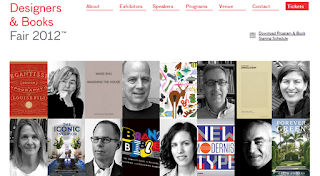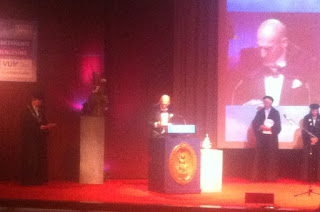THE ARSENALOF EXCLUSION & INCLUSION is a blog from Interboro Partners, a New York City-based office of architects, urban designers, and planners, working together to improve cities with innovative, experimental design ideas. Interboro is led by Tobias Armborst, Daniel D’Oca, and Georgeen Theodore. We may see projects, diary, awards, Cvs in their site INTERBORO . An excerpt f rom the definition of the blog : “Cities exist to bring people together, but cities are pretty good at keeping people apart, too. this is a blog about “weapons” used by architects, planners, policy-makers, developers, real estate brokers, community activists and other urban actors to wage the ongoing war between integration and segregation, between nimby (not in my back yard), and wimby (welcome in my back yard)”. They are preparing a book: The arsenal of exclusion & inclusion that is announced to be published by Actar.























